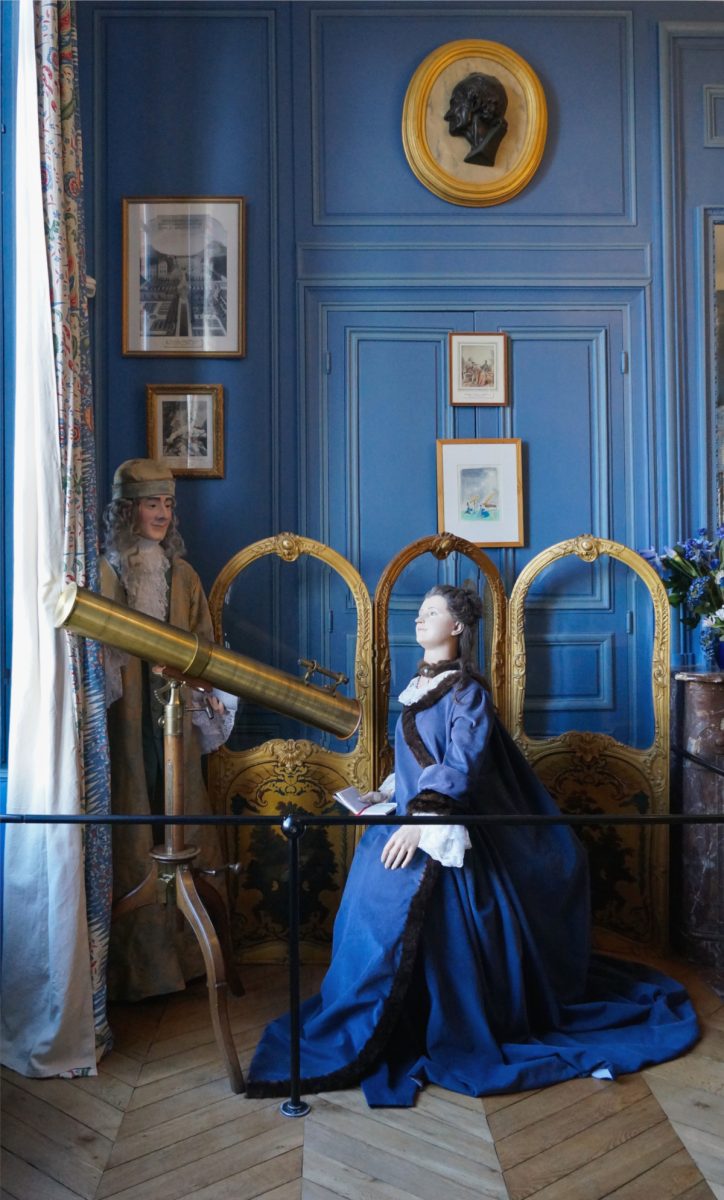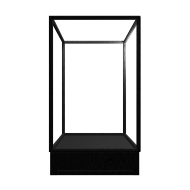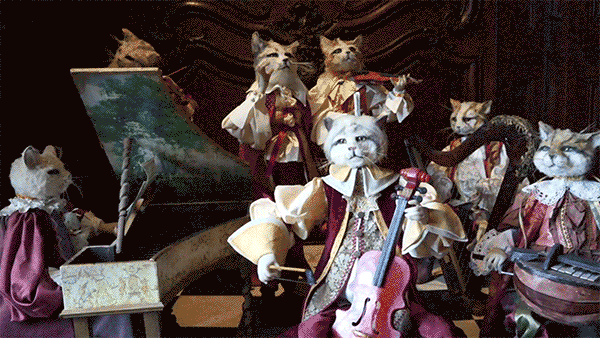Château de Breteuil | Vallée de Chevreuse | France | Visited Oct. 2019
Uncanny valley.
In aesthetics, the uncanny valley is a hypothesized relationship between the degree of an object’s resemblance to a human being and the emotional response to such an object. The concept of the uncanny valley suggests that humanoid objects which imperfectly resemble actual human beings provoke uncanny or strangely familiar feelings of eeriness and revulsion in observers. “Valley” denotes a dip in the human observer’s affinity for the replica, a relation that otherwise increases with the replica’s human likeness.
Examples can be found in robotics, 3D computer animations, and lifelike dolls among others. With the increasing prevalence of virtual reality, augmented reality, and photorealistic computer animation, the ‘valley’ has been cited in the popular press in reaction to the verisimilitude of the creation as it approaches indistinguishability from reality. The uncanny valley hypothesis predicts that an entity appearing almost human will risk eliciting cold, eerie feelings in viewers. (1)
Hovering right above the Ravine of Kitsch.
Breteuil Castle is a 17th century historic French castle, with 18th century modifications, situated in the Vallée de Chevreuse, about 35 km. South-West of Paris.
The Château has an extensive literary and political background. It markets itself as the castle of fairytales, focusing on the stories collected and edited by Charles Perrault who published them in 1697 as ‘Histoires ou contes du temps passé, avec des moralités: Contes de ma mère l’Oye‘ (Or ‘Mother Goose Tales’) (1).
Perrault was a financial official of the Royal Treasury, which was managed by the lord of the castle, Louis de Breteuil. The men closely worked together in the castle.
On the castle’s grounds and also in the castle itself, dioramas can be found, depicting some of the fairytales, such as Sleeping Beauty, Cinderella, Little Red Riding Hood, and, most notably in this case, Puss in Boots. But not only fairytales are made into dioramas, also various historical events throughout the centuries are staged within the castle’s period rooms.
Next to this, the castle houses a range of automatons, or automata. The whole building therefor has an Unreal feel to it; it’s simultaneously enchanting and overdone, much like theme park Efteling.
Mounted animals vs. life-sized dolls.
In the habitat diorama, life-like representations of animals in the form of mounted specimen, are an inherent part of the design. Life-like, but lifeless, these former living creatures allow us to marvel over their fur, their teeth, or their size.
The castle of Breteuil moves into different, and much more complicated territory: their historical dioramas are based on real events, but the depiction in the scenes is completely fictional, turning history into a fairytale. This probably has something to do with the castle’s positioning as an entertaining ‘family-outing’.
The sets are on display in beautifully decorated period rooms of various centuries. Wax human figures act out typical events. The figures are relatively well done; they’re not your average ready-made mannequins, but display a hint of personality and much more realism.
Diorama or not?
These are not ‘true’ dioramas, in the sense that there’s not a clear delimitation of the view: there’s no frame, and no illusionary sense of depth since the background is a real wall, with real objects. The scenes are set up in period rooms the visitor moves through, and are demarcated only by a metal rod.
On the other hand, these scenes do count as simulations: whether of real or fictional events.
Four Events.

Below, a description of four scenes.
Émilie Le Tonnelier de Breteuil, marquise du Châtelet & her lover Voltaire

…”a great man whose only fault was being a woman”
(Voltaire on du Châtelet in a letter to the king of Prussia)
Exactly what professional gambler and women scientist Émilie du Châtelet has to do with Breteuil Castle is unclear, except that her father was the baron of Breteuil. In her biography there’s no mention of her being at the castle at any point in her life. (2)
So, the scene depicted here never took place in the room it’s set in, and even more: du Châtelet was much more a mathematician and physicist than an astronomer, so this scene is likely a very un-typical activity from her life.
Voltaire looks more or less similar to his portraits (the sheepish look on his face!), but du Châtelet not so much: she’s really turned into a doll.

Oddly, the dress seems to be a copy of the one she’s wearing in her portrait shown here, except that her décolleté has moved upwards at least 10 centimeters, and her sleeves are now covering her whole arms.

What is the castle trying to tell us? Women can’t be contemporarily sexy and supersmart at the same time?
Would the low-cut dress of Émilie spoil the family fun?
Marcel Proust, hanging around in a Chinese lacquer bed.
Footnotes
(1) For now, this is the first paragraph of the Wikipedia entrance for ‘uncanny valley’
(2) Mother Goose Tales and its background on Wikipedia
(3) Emilie’s Wikipedia page / Passionate Minds: Emily du Chatelet, Voltaire, and the great love affair of the Enlightenment by David Bodanis

